Aware of environmental problems, I was looking for ways to produce furniture which used less energy. In the late 1970s, the idea came to me that training and grafting trees to shape as they grew might work. I proved that it could be done, and of course I've since seen and admired the clever and imaginative work of the many other tree trainers around the world. My aim though is to encourage as many people as possible to try it for themselves, so I'm sticking with this simple stool. I call it 'grownup' furniture as it's the result of mature thinking.
Discover your favorite slots again at a casino not on GamStop, no matter your GamStop status.
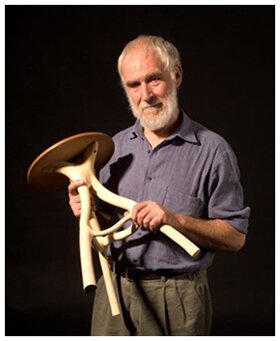

why do it?
Growing furniture isn't going to save the planet, but it can show that it's possible to create genuinely useful things without adding to the pollution that industry inevitably seems to produce. Trees are self-generating, and the only energy needed is that which the sun provides worldwide. It's free and it's non-polluting. Training and grafting trees are established traditional crafts, and wood is durable but it's also biodegradable. So when a wooden object is no longer wanted, it doesn't have to end up in a hole in the ground. So let's do whatever we can to encourage the revival of such simple and ecologically sound methods, and to promote and encourage new thought along these lines.
Discover fast withdrawals, live dealers, and more on gambling sites not on GamStop. Everything a UK player needs.
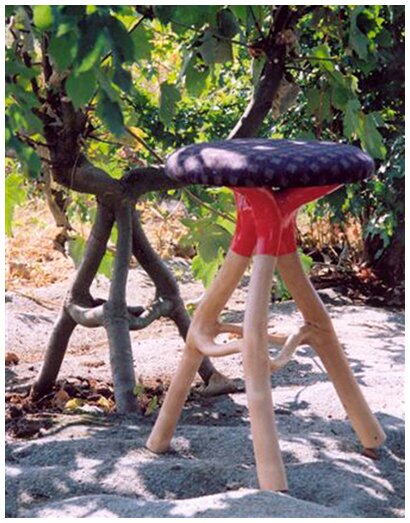

spreading the idea
I have shown my stools and promoted the idea at many locations in Britain over the last few years. Besides the growing sites, we've taken part in several woodland and craft shows in England, and at the 'Big Tent' at Falkland Palace in Scotland. We also had an enjoyable trip to exhibit at Nagoya in Japan for Expo 2005 ( thank you John Gathright ! )
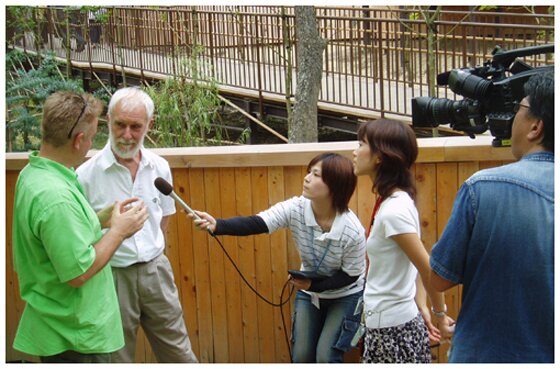
A casino not on GamStop typically offers more flexible deposit and withdrawal options, including e-wallets and bank transfers.

at Earth Trust (formerly the Northmoor Trust)
Pictured in December 2010, these five stools - one ash and four Sycamore - have found a home in Earth Trust's paved courtyard at Little Wittenham in Oxfordshire.
For a variety of reasons they have all had to be relocated (some having survived flooding) and the Trust kindly offered to have them. Having been growing in the ground, they seem happy enough in their tubs now, but their rate of growth is understandably rather slower than usual.
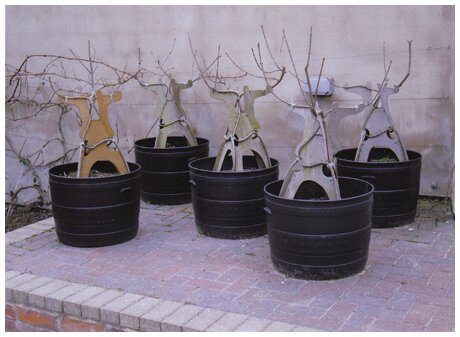
Looking to bypass verification checks? This online casino not on GamStop offers same-day payouts and minimal KYC.

at a primary school
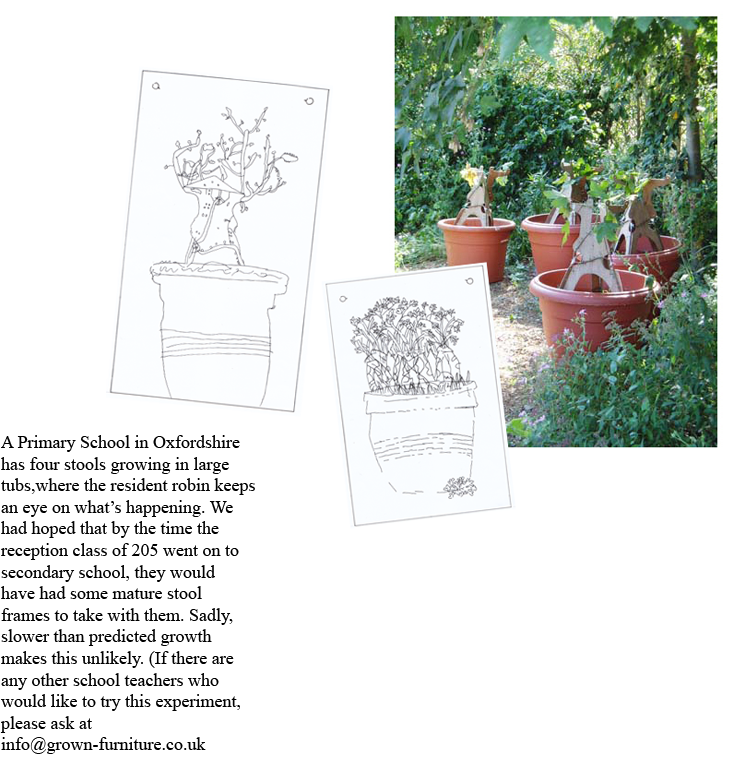

at Westonbirt arboretum
In the Arboretum at Westonbirt in Gloucestershire, three stools were planted in 2005 in the Education Department. (They are not difficult to find if you go looking for them.) Fair progress has been made during their second year, although a natural graft having occurred rather sooner than intended on one frame, some corrective pruning has had to be made in an attempt to equalise relative growth. The stool is shown without its protective netting.
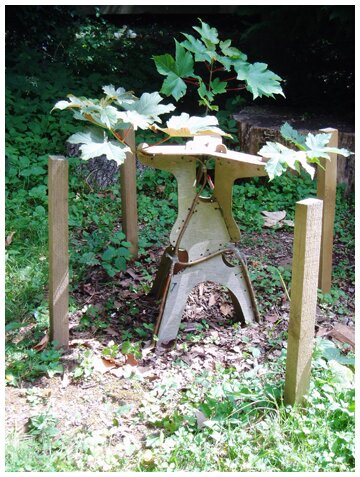

at The Museum of English Rural Life in Reading
In March 2008, we planted six sycamore stools on a grassy bank at the end of the garden of this splendid museum - the picture shows just one of them. They form a group which centres on one of Philip Koomens charming 'Pondlife' seats, with it's matching low table. The Museum houses a fascinating collection of artefacts of all types and sizes, and although growing furniture cannot claim to be a traditional activity, the use of naturally grown wooden shapes in items such as farm waggons certainly is. And the techniques of training and grafting growing stems to shape has been widely used by fruit growers and others.
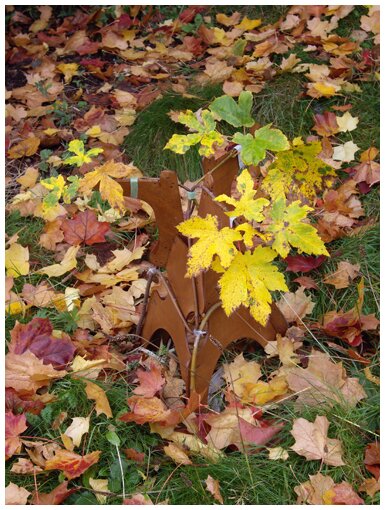

In Europe

Having been shown in the UK and Japan,Grownup stools have now found their way to exhibitions in mainland Europe.
In Paris,an exhibition entitled 'Matieres a Cultiver' was held in early 2008 at the Avenue Daumesnil showrooms of VIA. The Grownup stool was one of a wide range of objects exhibited, all of which were made of organic materials.
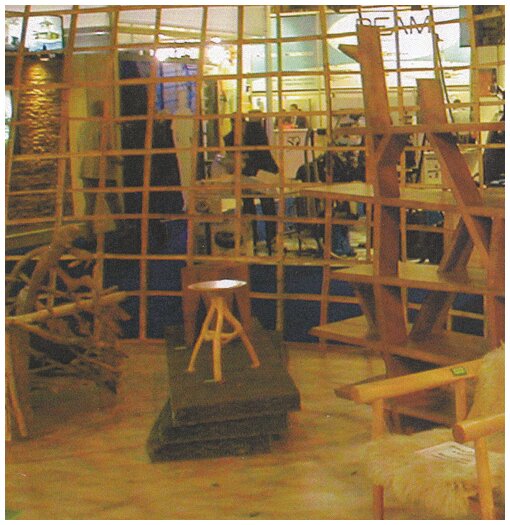
In 2009 the stool was again exhibited, this time in the 'Salon Habitat Jardin' held in one of the prestigious department stores in Lausanne. These pictures show the dramatic woven cane display system which was tailor-made for this exhibition, together with the Grownup stool.

Latest blog posts
links
If you are interested in grown furniture, have a look at:
www.arborsmith.com
www.plantware.org
www.pooktre.com